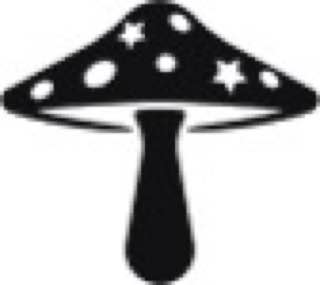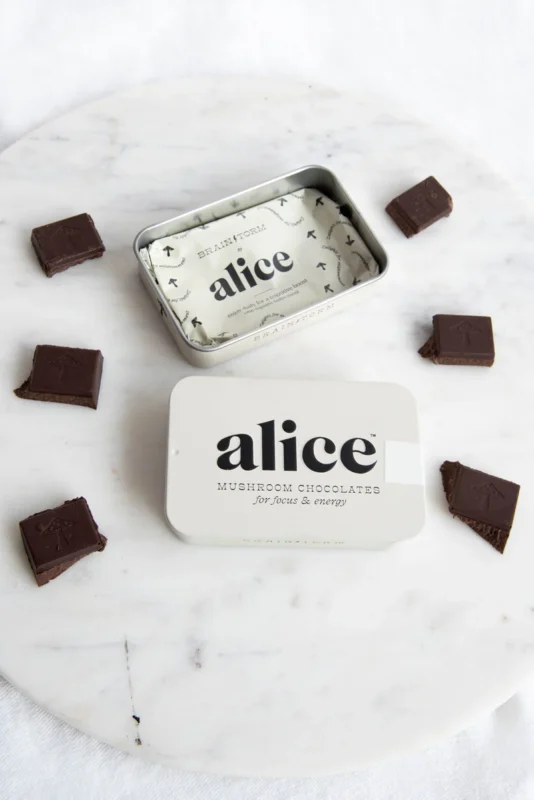Uncategorized
Alice in wonderland with mushrooms
Alice in Wonderland and the Symbolism of Mushrooms
Lewis Carroll’s Alice’s Adventures in Wonderland is a literary masterpiece that has intrigued readers for generations. One of the most fascinating elements of this whimsical tale is the recurring motif of mushrooms, particularly the iconic fly agaric mushroom. This article delves into the significance of mushrooms in Alice’s journey, exploring their symbolic meanings and how they contribute to her transformative experience.
The Role of Mushrooms in Alice’s Transformation
In Alice’s Adventures in Wonderland, mushrooms serve as a catalyst for Alice’s physical transformations. After encountering a caterpillar sitting on a mushroom, Alice learns that eating from one side will make her grow taller, while eating from the other side will cause her to shrink. This duality represents not only physical change but also psychological and emotional transformation. The ability to alter her size symbolizes the fluidity of identity and self-perception, themes central to Alice’s journey.
Mushrooms have long been associated with mystical and transformative properties across various cultures. In this context, they can be seen as symbols of growth, change, and exploration. As Alice navigates through Wonderland, her encounters with different characters and situations challenge her understanding of herself and her place in the world. The mushrooms facilitate these changes, allowing her to explore new perspectives and confront her fears.
Alchemical Symbolism: The Journey of Self-Discovery
The use of mushrooms can also be interpreted through an alchemical lens. Alchemy often symbolizes transformation—both physical and spiritual—and the mushrooms represent this process vividly. By consuming them, Alice embarks on a journey that reflects inner exploration and self-discovery. Each size change she experiences corresponds to different stages of personal growth; she learns to adapt to her surroundings while grappling with feelings of confusion and uncertainty.
This theme resonates with contemporary interpretations of psychedelic experiences facilitated by certain types of mushrooms, such as psilocybin-containing varieties. These substances have been known to induce profound shifts in consciousness, enabling individuals to confront their inner struggles and emerge with greater self-awareness—a parallel to Alice’s adventures.
The Caterpillar: A Guide Through Transformation
The character of the Caterpillar is pivotal in guiding Alice through her metamorphosis. Sitting atop a mushroom, he embodies wisdom and detachment, offering cryptic advice that challenges Alice’s understanding of herself. His famous line about keeping one’s temper highlights the importance of emotional regulation during times of change—a lesson that resonates deeply throughout the narrative.
The Caterpillar’s relationship with the mushroom further emphasizes its role as a tool for transformation. He represents a bridge between worlds—the mundane reality Alice knows and the fantastical realm she finds herself in—encouraging her to embrace change rather than resist it.
The Cheshire Cat: Navigating Reality
Another significant character related to Alice’s journey is the Cheshire Cat, whose enigmatic smile symbolizes the elusive nature of truth and reality within Wonderland. The Cat often appears when Alice is grappling with confusion or uncertainty about her identity or surroundings. His advice encourages her to trust herself amidst chaos—a vital lesson as she navigates through various challenges.
Mushrooms play an essential role here too; they enable Alice to access different states of being where she can gain insights into herself and her environment. By altering her size through consumption, she can explore new realms within Wonderland that challenge conventional notions of reality.
Cultural Context: Mushrooms in Victorian Society
During Carroll’s time, mushrooms were often viewed through a lens steeped in folklore and mysticism. The fly agaric mushroom (Amanita muscaria), characterized by its striking red cap adorned with white spots, was commonly associated with fairy tales and magical realms. Its psychoactive properties were known among certain cultures but largely misunderstood by Victorian society at large.
Carroll may have drawn inspiration from these cultural associations when crafting his narrative. The whimsical nature of Wonderland aligns perfectly with Victorian interests in fairy lore—where mushrooms often served as gateways to enchanted lands inhabited by fantastical creatures.

